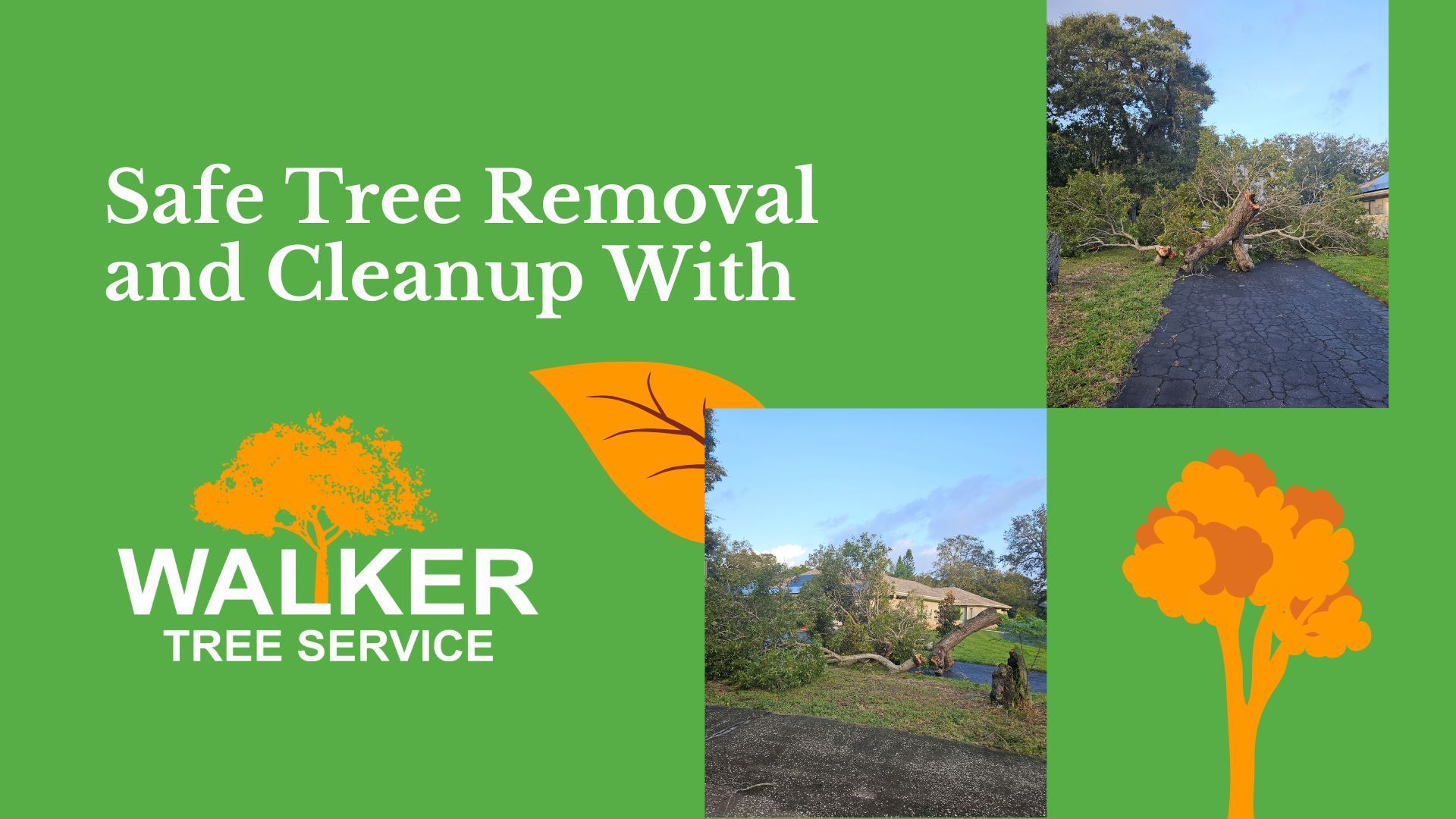Is Your Florida Tree Dead or Simply Dormant? Understanding the Spring Rejuvenation
As a Florida resident, you're accustomed to the vibrant greenery that defines the state's landscapes almost year-round. So, when you glance at your yard and notice a tree standing leafless, questions and concerns naturally arise. "Is my tree dead? Should it not be flourishing in Florida's warm climate? Do I need to consider removing it, or will it spring back to life?"
These are common dilemmas faced by many homeowners. Interestingly, Florida hosts a variety of trees that undergo a seasonal leaf-shedding phase, only to burst back into life come spring. However, distinguishing between a tree that's temporarily dormant and one that's permanently gone can be tricky. Let's delve into the specific cycles of three common Florida trees and explore how
Walker Tree Service can assist in determining the vitality of your tree.
Live Oak (Quercus virginiana): The Evergreen That Sheds
Live Oaks are a magnificent sight across Florida, known for their sprawling canopies and sturdy presence. Contrary to the assumption that evergreens keep their foliage year-round, Live Oaks shed their leaves in the spring, quickly replacing them with new growth. This brief period of bareness often leads to misconceptions about their health.
How to Tell if It's Dead or Dormant? A key indicator of a Live Oak's health is the state of its bark and the presence of new buds. If the bark is intact and you can spot buds, chances are your tree is just undergoing its natural cycle. However, extensive bark damage and a lack of buds may signal a problem. Walker Tree Service can provide expert tree assessment either through a virtual submission on our website or by scheduling an on-site estimate.
Red Maple (Acer rubrum): A Deciduous Display
The Red Maple is another Florida favorite, celebrated for its striking fall colors and the fresh greenery it brings each spring. As a deciduous tree, it naturally sheds its leaves in the cooler months, standing bare until the warmer spring weather stimulates new growth.
How to Tell if It's Dead or Dormant? Look for flexibility in the branches and the emergence of small buds as spring approaches. Brittle branches and the absence of any budding activity can be a sign of concern. If you're unsure, Walker Tree Service is here to help. Upload a picture through the form on our website, or contact us for a direct assessment and possible solutions.
Sweetgum (Liquidambar styraciflua): Vibrant Spring Renewal
Sweetgum trees are known for their unique star-shaped leaves and the dramatic change in color they undergo before shedding in the fall. They stand leafless in winter, which might raise alarms about their health. However, this dormancy period is a normal part of their cycle, with new, lush leaves appearing with the spring.
How to Tell if It's Dead or Dormant? The presence of spiky seed balls and new buds in spring are good indicators that your Sweetgum is healthy and merely dormant. If the tree seems lifeless well into the growing season, it might be time to call in the professionals. Walker Tree Service offers both virtual and on-site tree evaluations to determine the best course of action for your tree.
Ready to Assess Your Tree? Let Walker Tree Service Help
Determining whether your tree is experiencing a natural part of its growth cycle or if it's in distress can be challenging. If you're facing this dilemma, Walker Tree Service is here to provide clarity.
Upload a photo of your tree via our online form, and we'll help you discern if it's dormant or in need of attention. Prefer a personal touch? Give us a call,
(727) 902-5825, and we'll assess your tree's condition, offering estimates for trimming or removal if necessary. Don't let uncertainty take root; reach out to Walker Tree Service today for peace of mind about your trees' health and vibrancy.
Tree Assessment Form
We will get back to you as soon as possible
Please try again later

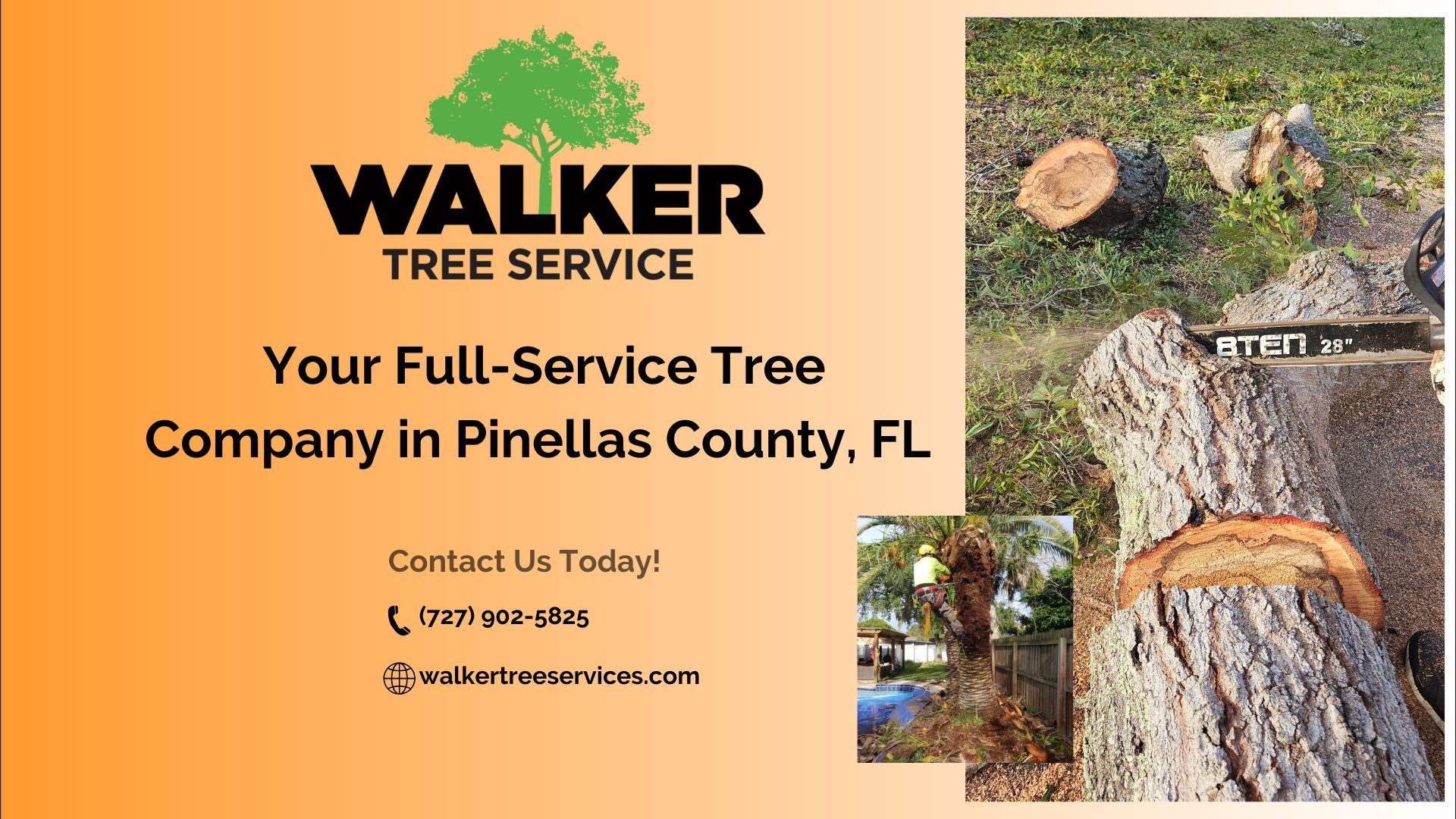
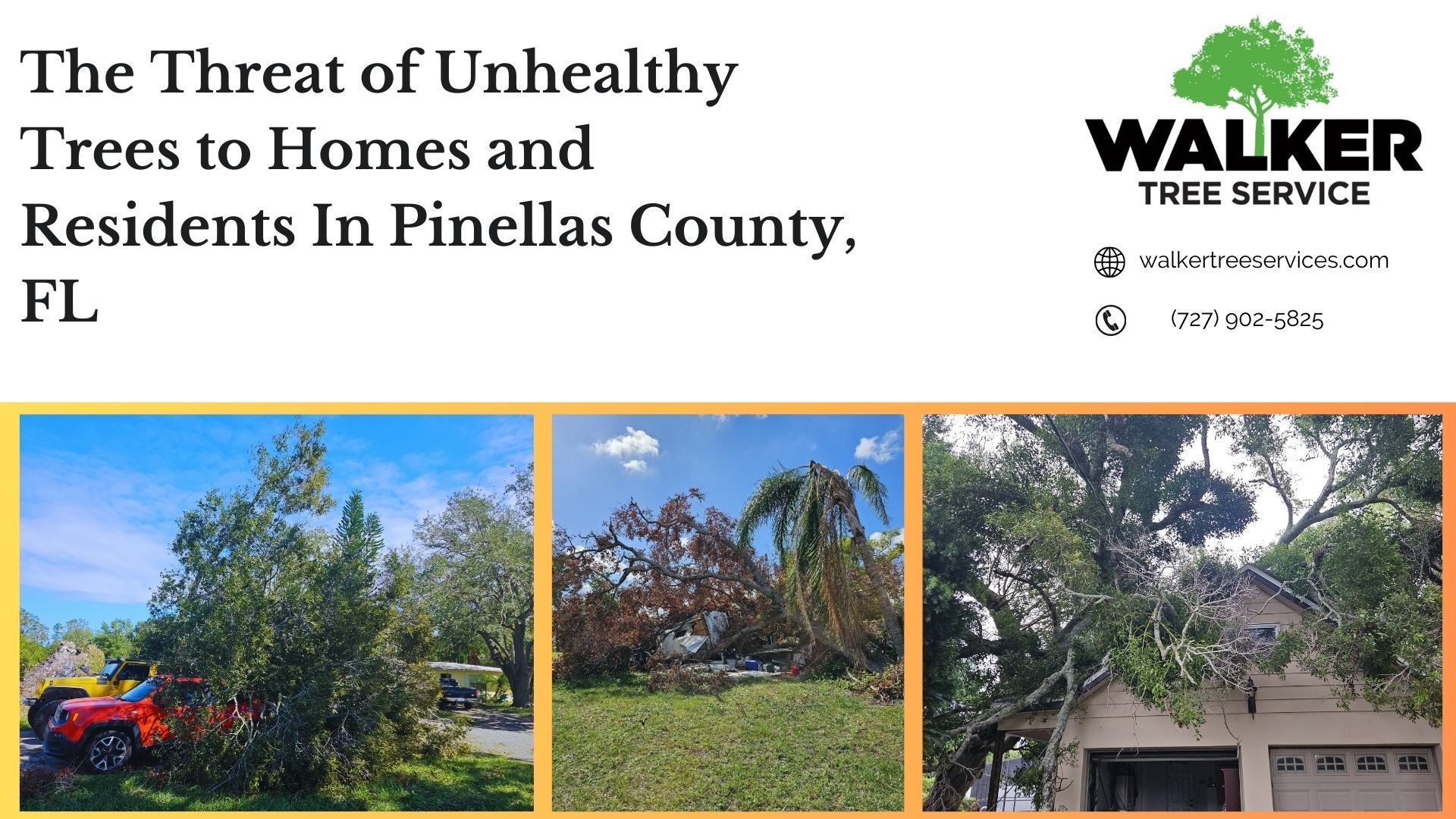

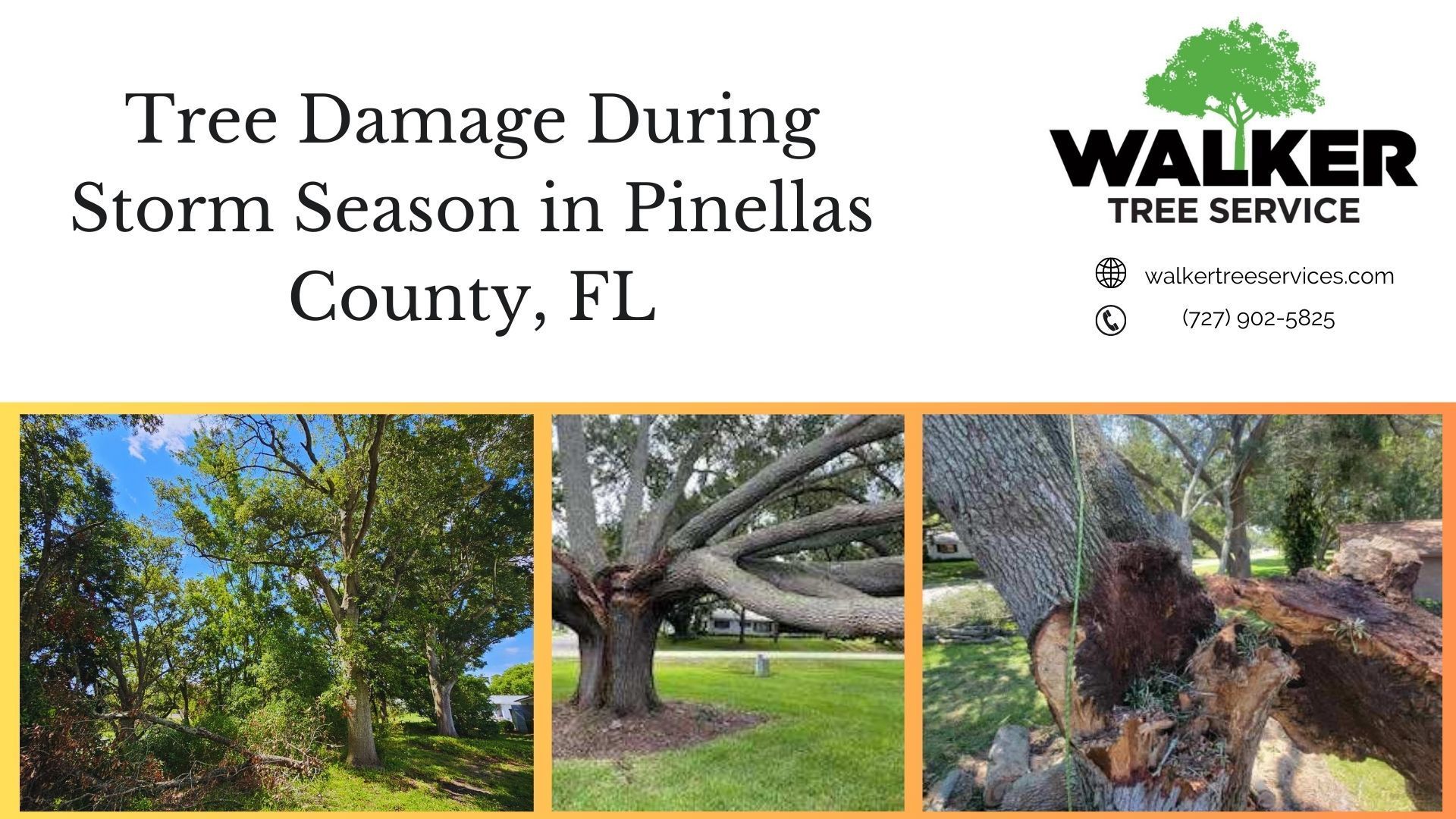
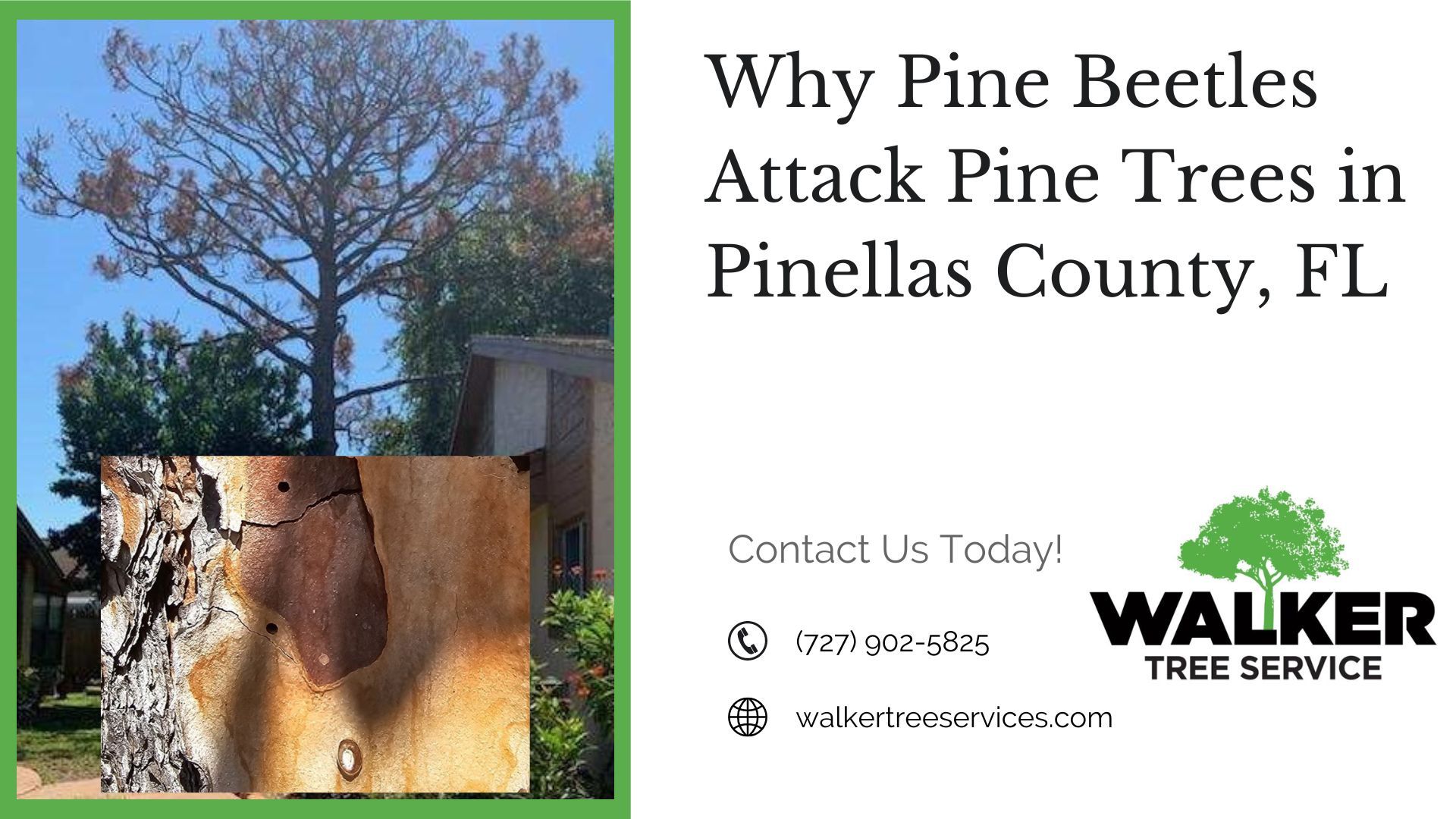
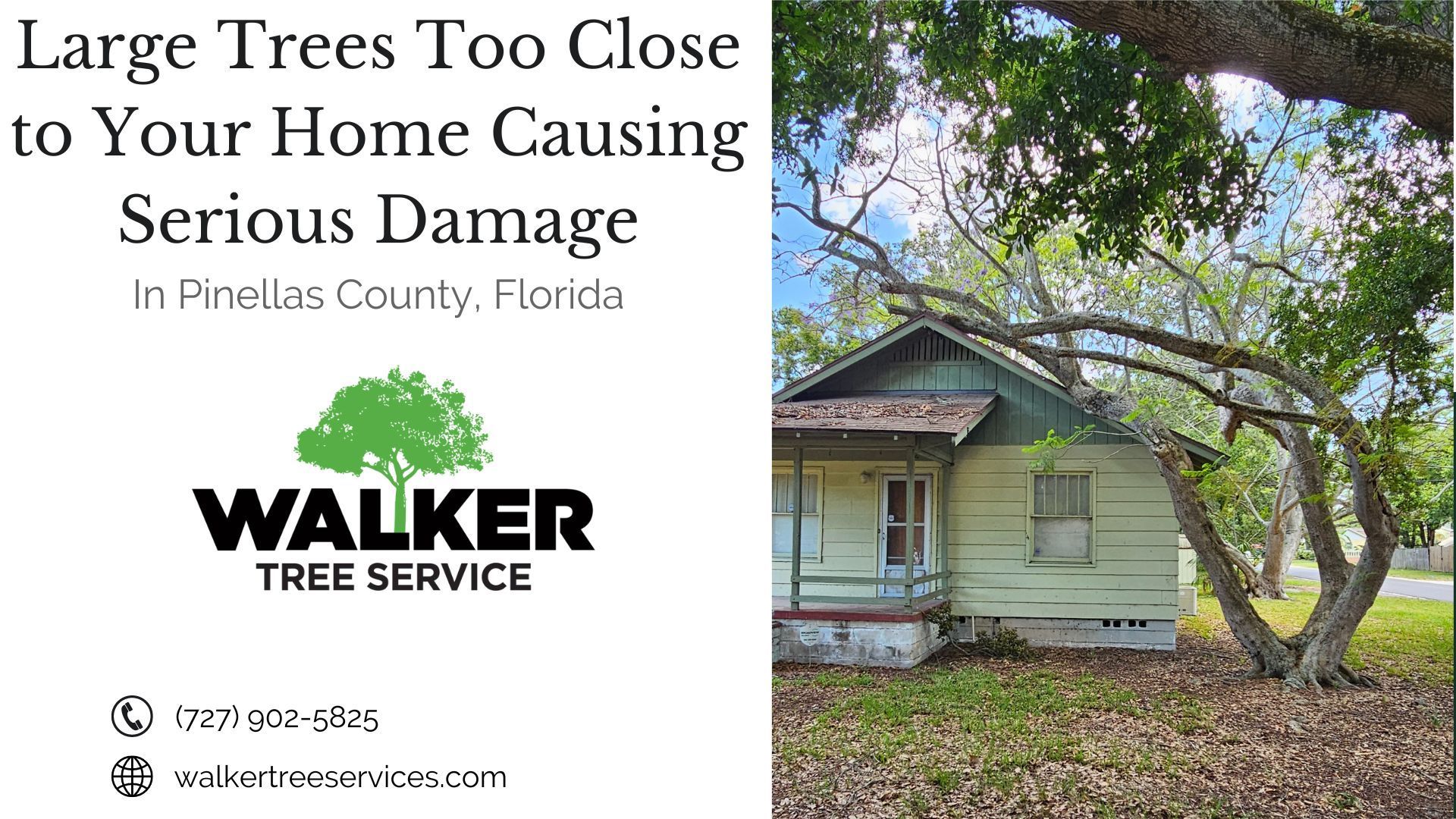
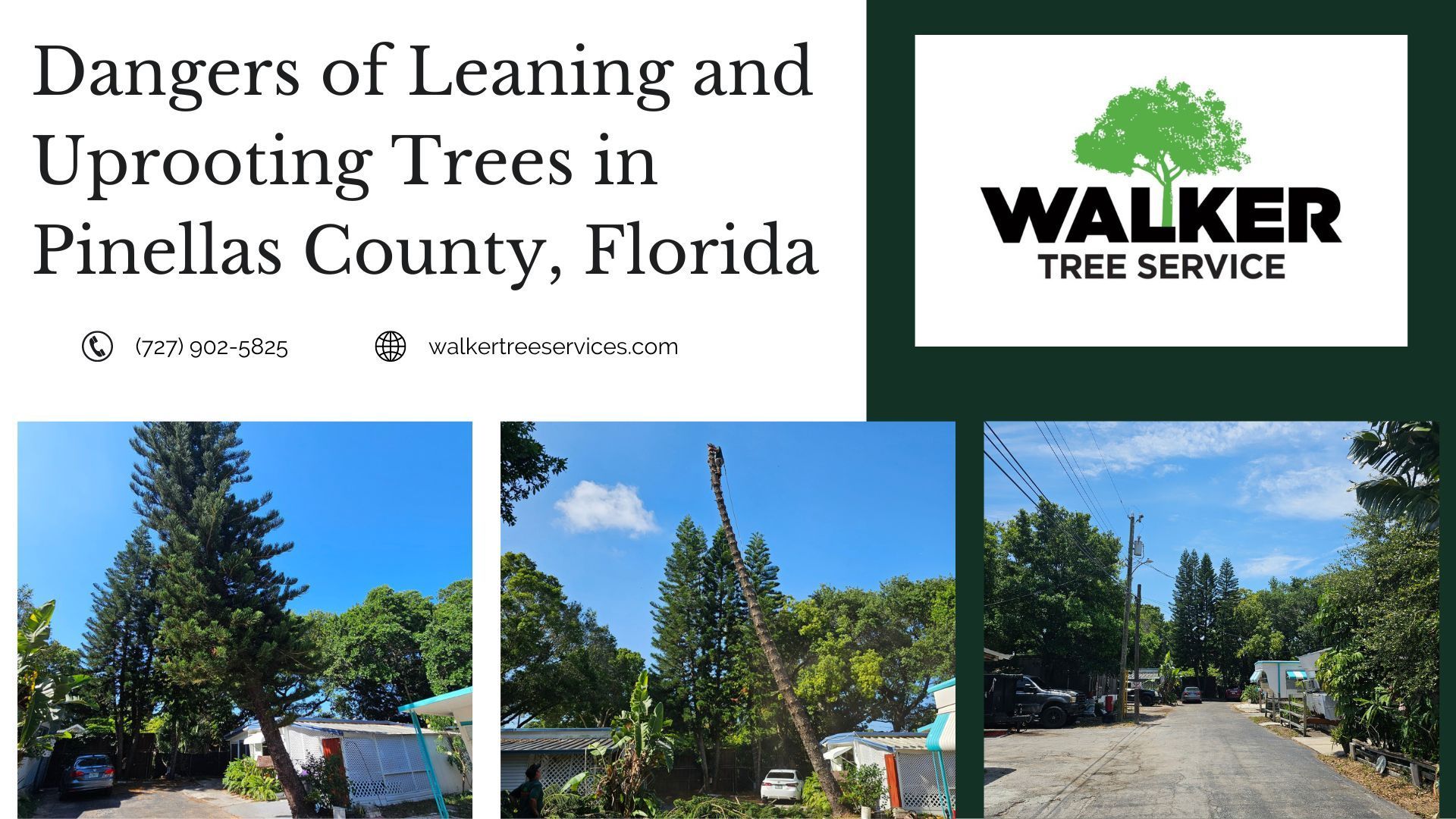


Contact
1334 Tampa Road #143
Palm Harbor, FL 34683

